Under höstmötet pratade Lotti om den planerade resan till Holland och Belgien. Tyvärr fick vi inte beviljat pengar från Bothens för att genomföra detta redan under 2018. Istället föreslår vi att medlemmarna söker var och en för sig - men med en gemensam text. Lotti återkommer så småningom med förslag till ansökan till Bothéns stiftelse.
Resan planeras bli en gemensam studieresa där vi alla reser med buss.
Tänkta besöksmål:
Holland:
- Paleis Het Loo, Apeldoorn
- Rijksmuseum, Amsterdam + magasin i Lelystad
- Textilresearch center, Leiden
- TextielMuseum + lab, Tilburg
- ModeMuseum, Antwerpen
- Royal Manufactures De Wit, Mechelen
- Museuum vor kostuum en kant (Spetsmuseum), Bryssel
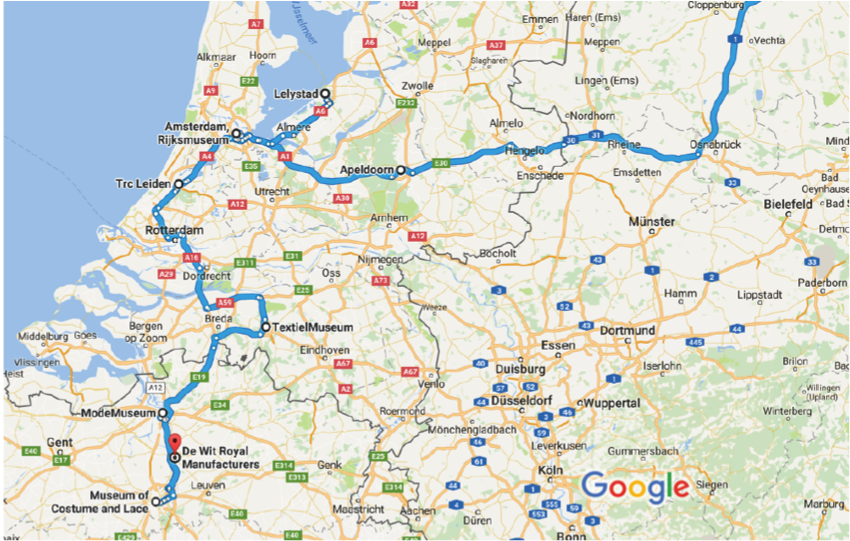
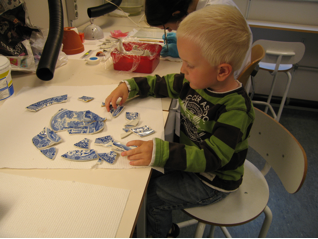
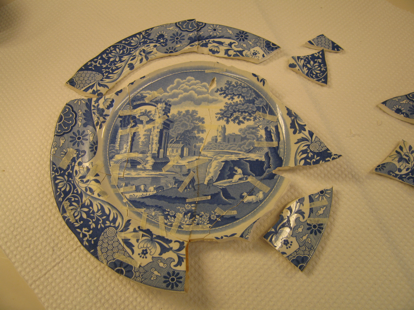
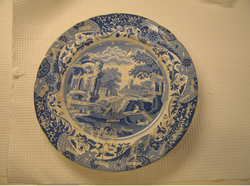
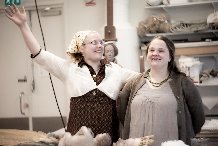
 RSS Feed
RSS Feed